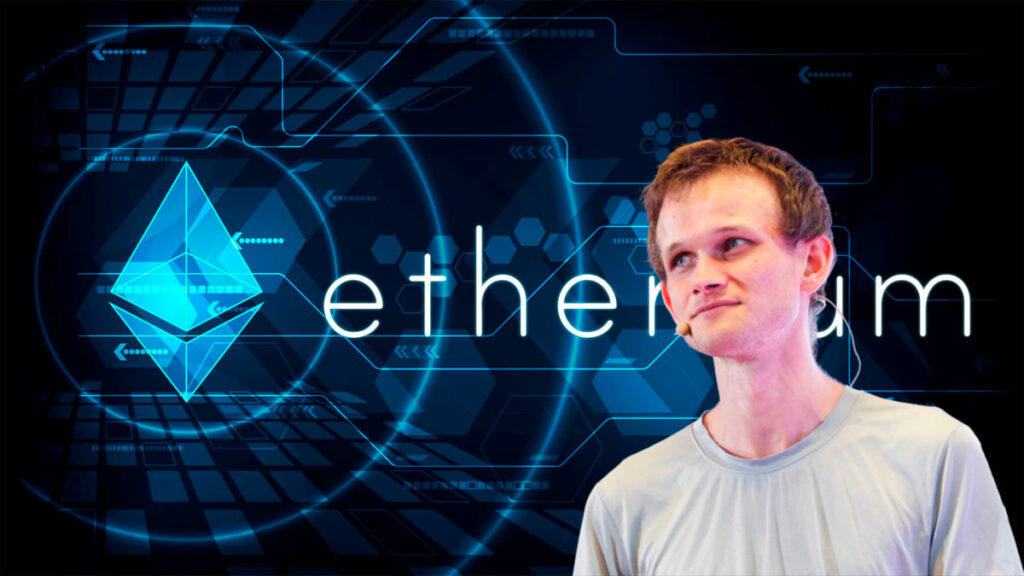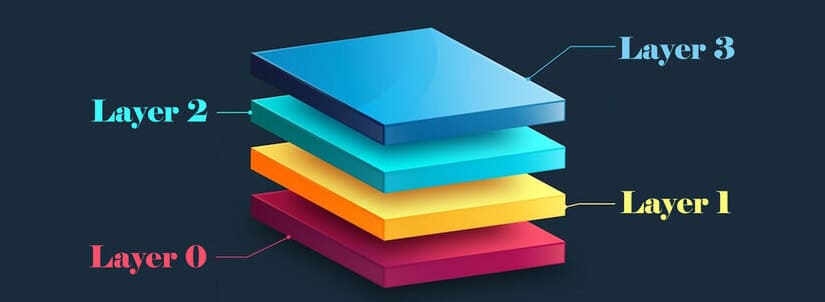TL;DR
- Vitalik Buterin proposed leveraging techniques from layer 2 solutions to directly improve the efficiency and scalability of Ethereum’s base layer.
- L2s would continue to operate with specific functions, such as processing large volumes of data and mitigating the negative effects of priority-extractable value.
- He also suggested using upper layers as testing grounds for new virtual machine architectures without compromising the stability of the core network.
During his participation in ETHAsia 2025, held at the Web3 Carnival in Hong Kong, Vitalik Buterin delivered a keynote focused on the future of Ethereum.
The network’s co-founder analyzed the potential of integrating some of the mechanisms developed in layer 2 solutions directly into the structure of the base layer. This proposal does not aim to replace L2s, but rather to apply part of their logic to improve the performance of the main system.
Enhancing the Network’s Capabilities
One of the core points of the speech was the technical approach that separates transaction production from verification. According to Buterin, this principle has proven effective in improving the scalability of L2 solutions. Incorporating this separation into the base layer would optimize response times and enhance the overall efficiency of the network.
At the same time, L2s would continue to serve specific purposes, such as handling large volumes of data beyond native availability or implementing mechanisms to reduce the impact of priority-extractable value.
Vitalik Wants to Drive Improvements Within Ethereum’s Core
Vitalik also mentioned the possibility of using upper layers as testing environments for new virtual machine architectures. This would allow for experiments that do not compromise the stability of the main network but could feed future improvements to its infrastructure. In this way, Ethereum could maintain its flexibility without sacrificing a solid and reliable operation.
The proposal does not introduce immediate changes but clearly signals an intention to move toward a more modular and adaptable network. The layers would not compete with one another but instead operate as complementary parts of a unified system. With this approach, Vitalik seeks to capitalize on the technical development already achieved in L2s to push forward improvements within Ethereum’s core.
The keynote did not include announcements about specific updates or expected dates. However, it revealed a roadmap aimed at integrating technical learnings across all layers of the network.













